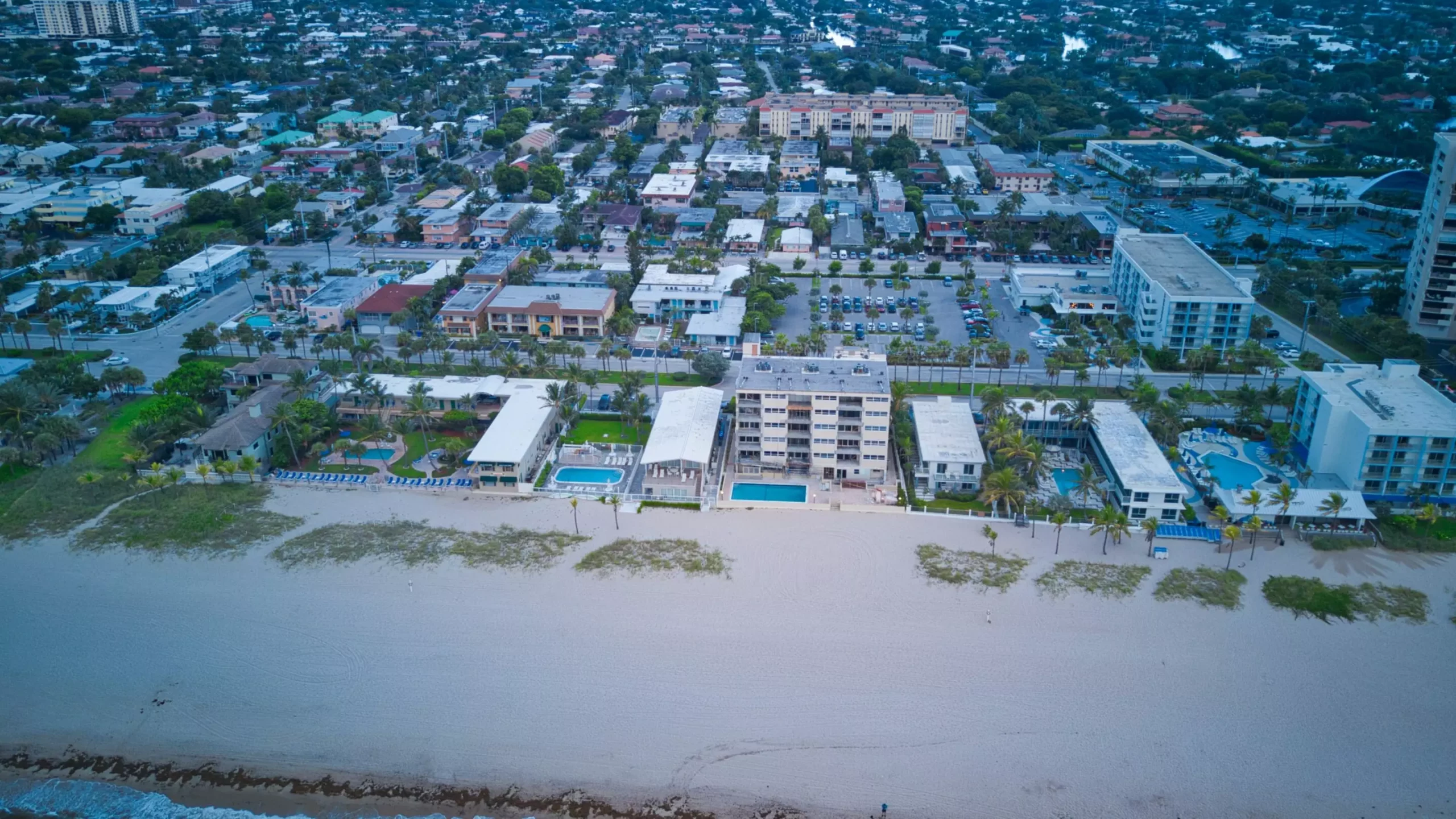The narratives surrounding climate change have become increasingly dire, painting a picture of a world on the brink of catastrophic environmental collapse. Reports detailing wildfires, hurricanes, floods, and heat waves dominate headlines, contributing to a pervasive sense of urgency and fear about our planet’s future. However, new insights from a study led by researchers at Dartmouth College challenge some of the most alarming predictions regarding sea level rise resulting from polar ice melt. This article aims to delve deeply into this study, the mechanisms it critiques, and the implications these findings hold for future climate modeling and policy.
A pivotal aspect of the climate crisis is the rising sea levels due to the melting of polar ice sheets, particularly in Greenland and Antarctica. The sixth assessment report released by the Intergovernmental Panel on Climate Change (IPCC) suggested scenarios that included the possibility of unprecedented sea level rises—up to 50 feet—by the year 2100, should the Antarctic ice sheets collapse. Such a dramatic increase in sea levels could devastate coastal regions, displacing populations and inundating cities. However, the study led by Dartmouth researchers puts this prediction into context, asserting that these worst-case scenarios may be overestimated and largely based on the unproven Marine Ice Cliff Instability (MICI) model.
MICI proposes that rapid collapses of ice shelves would expose ice cliffs that could fracture under their own weight, leading to a domino effect of retreat and rapid sea-level rise. While this theory suggests a catastrophic disaster looming over coastal areas, the Dartmouth study utilizes high-resolution models to simulate the behavior of the Thwaites Glacier—an ice sheet already labeled the “Doomsday Glacier.” Instead of corroborating the swift collapse predicted by MICI, the study emphasizes that such a rapid retreat is highly implausible over the 21st century. Through rigorous modeling, researchers revealed that even under hypothetical scenarios, the Thwaites Glacier would not exhibit the predicted instability at a scale significant enough to raise sea levels so drastically as previously thought.
The Implications for Policy and Planning
The findings presented in this study have substantial ramifications for policymakers and urban planners. Often, decisions are made in light of these high-end predictions regarding sea-level rise, shaping infrastructure projects, and community relocations in coastal regions. As Morlighem highlights, a misjudgment in the likelihood of extreme scenarios can result in misguided planning efforts. The necessity for accurate models becomes evident; overestimating risks may lead to unnecessary economic burdens or inefficient resource allocation.
However, it is crucial to clarify that these insights do not imply that coastlines are safe or that rising sea levels are no longer a concern. The research underscores the importance of refining projections to reflect practical expectations rather than worst-case scenarios. Climate change continues to threaten vulnerable ecosystems, and the ice sheets remain at risk due to other well-established instabilities, such as the Marine Ice Sheet Instability (MISI), which could still contribute significantly to sea-level changes in the coming years.
The discussion around polar ice dynamics cannot be isolated from the wider context of climate change. As global temperatures rise, various processes affect the stability and retreat rate of ice sheets. The interplay between ocean currents, temperature fluctuations, and physical attributes of ice formations complicates the modeling of these glaciers. Therefore, while the Dartmouth study casts doubt on MICI’s rapid retreat predictions, it does not dismiss the impact of climate change on ice sheets.
Recent studies have consistently highlighted that the primary drivers of glacial retreat are complex and multifaceted. External factors such as warmer ocean waters and changing atmospheric conditions can amplify the vulnerabilities of these ice structures. The presence of faster inland retreat mechanisms and geographic idiosyncrasies further complicates simple predictive models, reiterating the necessity for continued research and understanding of glacial dynamics.
In revisiting the predictions about sea level rise in light of new research, it is essential to maintain a balanced perspective on the climate crisis. While alarming projections may be revised, the threat is still real and warrants immediate action. Understanding the complexities of ice dynamics is critical for developing more reliable models and informed policies. The findings from Dartmouth contribute invaluable insights into this ongoing discourse, emphasizing that robust scientific inquiry and analysis are paramount in shaping a sustainable future in the face of climate change.

